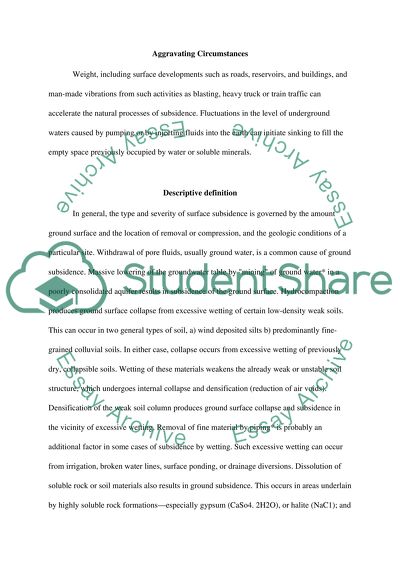Cite this document
(“Subsidence Coursework Example | Topics and Well Written Essays - 4000 words”, n.d.)
Retrieved from https://studentshare.org/science/1531470-subsidence
Retrieved from https://studentshare.org/science/1531470-subsidence
(Subsidence Coursework Example | Topics and Well Written Essays - 4000 Words)
https://studentshare.org/science/1531470-subsidence.
https://studentshare.org/science/1531470-subsidence.
“Subsidence Coursework Example | Topics and Well Written Essays - 4000 Words”, n.d. https://studentshare.org/science/1531470-subsidence.


